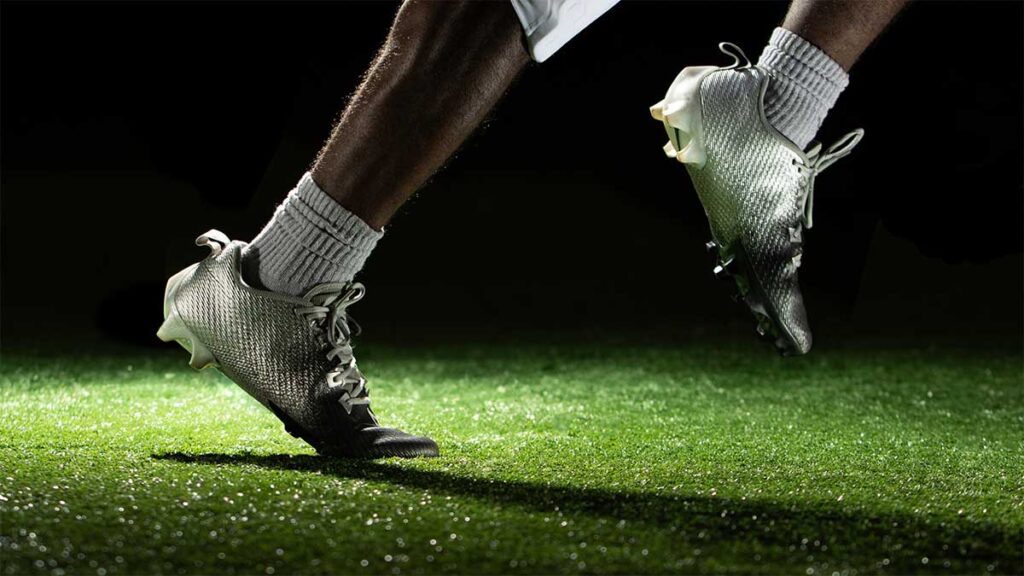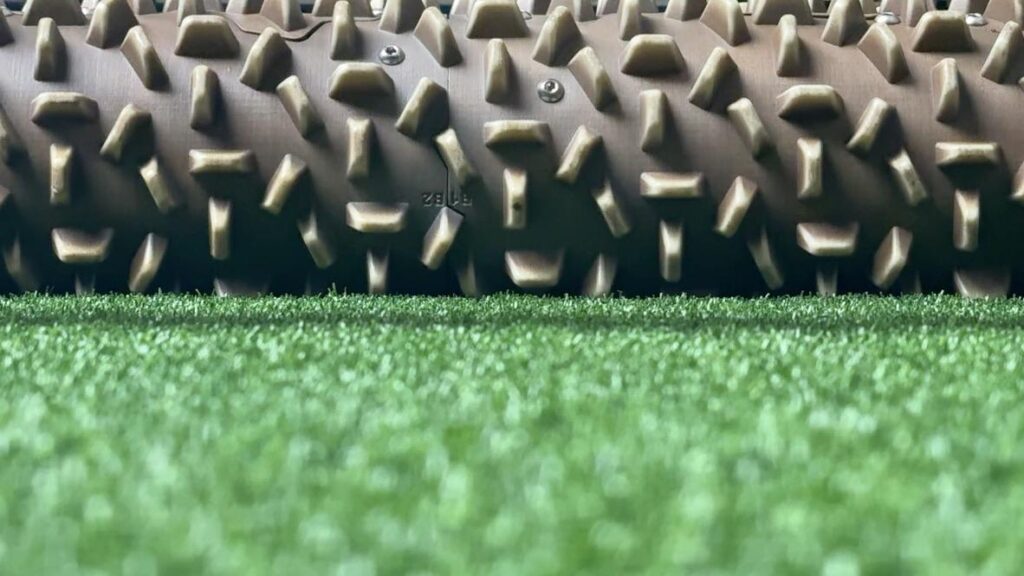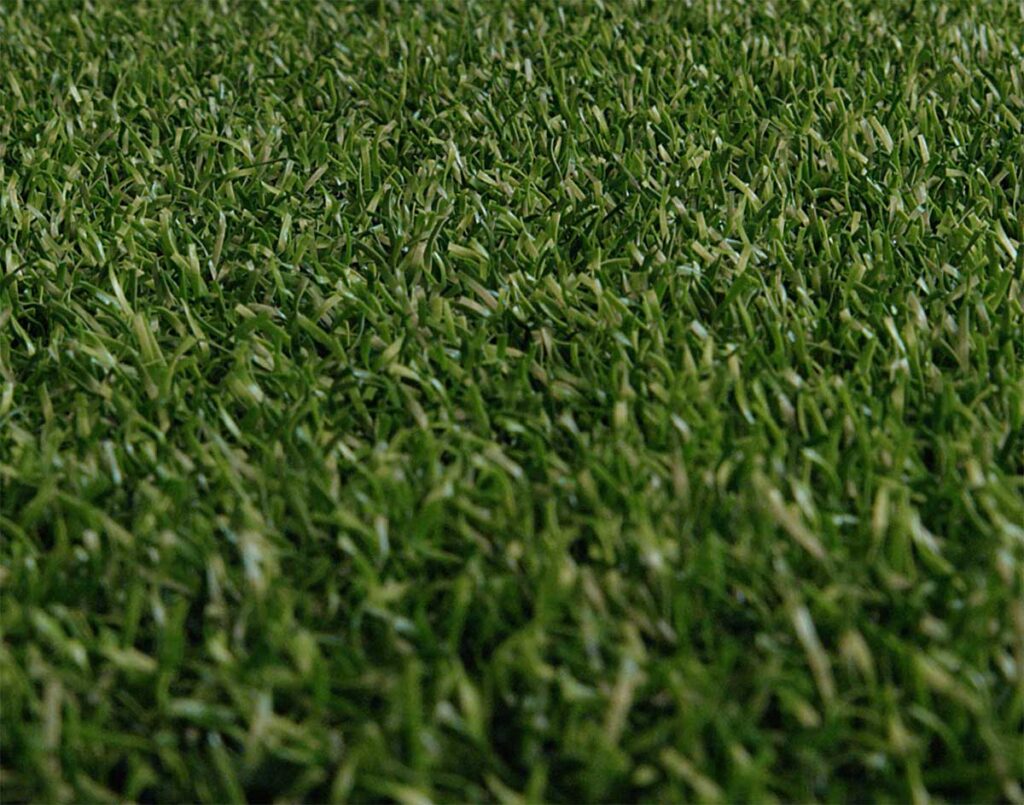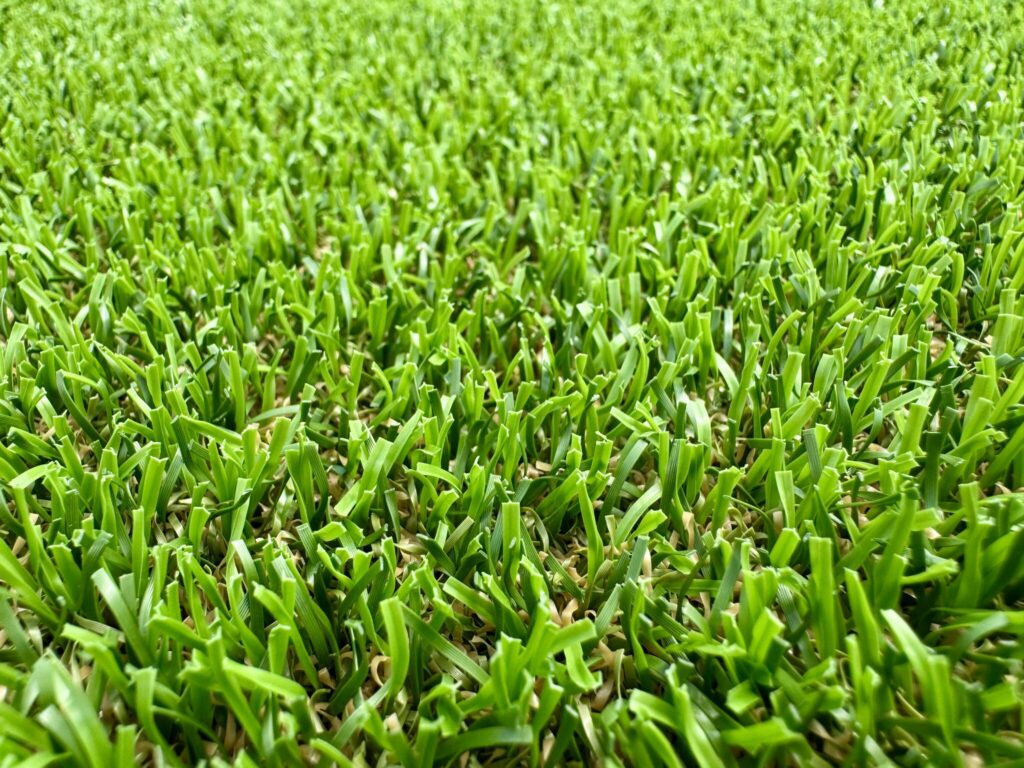Over the past 30 years, natural grass football fields have undergone one of the most remarkable transformations in modern sport.
In the 1980s and 1990s, even top-level stadiums regularly featured surfaces that were muddy, inconsistent, and unpredictable. Matches were often shaped as much by divots and ruts as by tactics and skill. It was common to see standing water in goalmouths, bare patches across midfield, and players sliding through thick mud.
Today, the contrast could not be clearer. Modern grass pitches are engineered to exceptional standards of performance, safety, and appearance. Advances in plant science have expanded our understanding of turfgrass varieties, root zone construction, and nutrient management. At the same time, precision irrigation and monitoring technologies have made it possible to maintain consistent surfaces throughout long seasons.
The Good Old Days
There was a certain romance in the old-fashioned fields of the past, where uneven surfaces and variable grass length could subtly influence the outcome of a match. Longer grass was sometimes left intentionally to slow down faster opposition and muddy patches became part of the home advantage.
Today, modern regulations, advanced agronomy practices, and strict performance standards ensure that nearly every surface delivers a consistent, uniform playing experience. The variability that once allowed home teams to create conditions suited to their strengths has largely disappeared.
It is hard to remember the last time I saw mud on a player.
While this evolution has supported the fast-paced, professional era of the game, many still look back with fondness on a time when a field itself could help level the competition.
Modern Grass: Hybrid and Technology Driven
One of the most important developments has been the introduction of hybrid turf systems. By reinforcing natural grass with synthetic fibers stitched deep into the root zone or laid as carpet systems, these hybrid surfaces combine the feel and playability of real grass with season wide consistency that was unimaginable in the recent past. Studies by the Sports Turf Research Institute (STRI) and other organizations have documented how hybrid systems deliver predictable ball behavior and stability even throughout the season. Hybrid Grass Systems: STRI
This evolution has been a truly collaborative effort. Agronomists, grounds managers, engineers, architects, and sport’s governing bodies have all contributed their expertise to create playing environments that support the modern game. Many stadiums can now transition seamlessly between elite sport and large-scale entertainment events such as concerts, with little or no degradation of pitch quality (or the rapid transition if a new field part way through the season) .
At the same time, most sports have evolved. Players are faster, stronger, and more technically demanding than ever. The quality of the surface is critical to allowing elite skill and athleticism to shine without compromise. As FIFA notes in its Natural Grass Pitch Quality Guidelines (FIFA Natural Grass Pitch Quality)
“High-quality natural turf is the foundation for predictable ball roll, optimal traction, and safe performance.”
This transformation has also been supported by significant investment. Today’s top stadiums commit multimillion-dollar annual budgets to keep pace with the expectations of the professional game. Advanced field technology now plays a central role, including grow lights that promote healthy, dense grass growth during winter and shaded periods, sub-air systems that control soil temperature and moisture, and sensors that continuously monitor compaction and surface performance. These tools along with the extensive use of fertilisers, wetting agents, fungicides, herbicides, growth regulators, and pesticides are all routinely applied to maintain healthy, resilient grass surfaces.
These tools have given grounds teams unprecedented control over the conditions of every square inch of the pitch with amazing results.
This progress brings into focus the recent problems at the FIFA Club World Cup.
The 2025 edition of the FIFA Club World Cup in the United States showcased not only some of the world’s best clubs but also the enormous expertise and commitment behind preparing elite playing surfaces in highly demanding conditions.
The FIFA team, their independent consultants, research partners, and specialized contractors carried out extensive planning and precision work to design, install, and maintain natural grass fields over engineered bases in multi-purpose NFL stadiums. The science and knowledge involved, from turfgrass selection to soil profiles and grow-in protocols, are at the cutting edge of sports surface technology.
Some issues reported by players and coaches were unfortunate but, in some ways, predictable given the unprecedented timelines and stadium availability constraints. It should be noted that these complaints were isolated and only occurred at certain times and venues. Most fields were excellent.
Real Madrid’s Jude Bellingham commented:
The pitches aren’t great here, honestly. It holds up, the ball barely bounces, and it’s tough on the knees as well.”
Luis Enrique described one surface as:
“Like an NBA court full of holes.”
These observations highlight a simple reality. Even with all the research, design and hybrid systems; the best turf managers and agronomists cannot always fully compensate for limited stadium access, compressed schedules, or extreme weather conditions. Grass is a living system. It needs time to establish and mature, especially when installed in massive venues that usually host other sports. That’s not to say it’s not possible most venues performed very well with only a few exceptions which is testament to all involved.
Looking ahead to 2026 for the FIFA World Cup, there is every reason to be confident these issues will be resolved. The teams behind the surfaces will take on board the player feedback and implement the required changes, and hopefully secure longer lead times, or adjust the grass turf system and/or base design to ensure the surfaces meet the demands of the players.
With these lessons learned, we will be able to focus on the players and the results, not the playing surface, as we should!
References and Further Reading:




